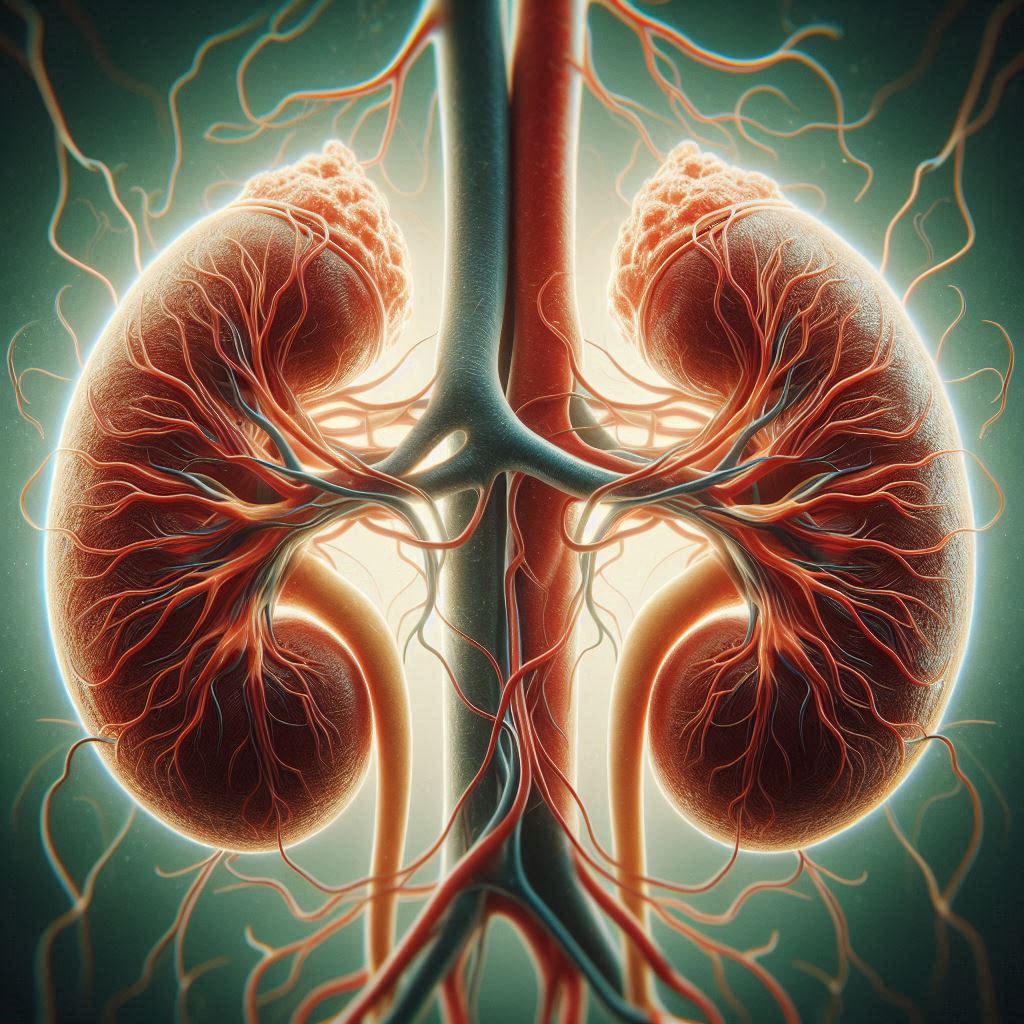In functional hypothalamic amenorrhea (FHA), a condition where menstruation stops due to hypothalamic dysfunction, both follicle-stimulating hormone (FSH) and luteinizing hormone (LH) levels are typically low, reflecting a disruption in the hypothalamic-pituitary-ovarian axis.
Here’s a more detailed explanation:
What is FHA?
FHA is a chronic endocrine disorder caused by a disturbance in the pulsatile secretion of hormones in the hypothalamus, leading to a suppression of the hypothalamic-pituitary-ovarian axis.
The HPO Axis:
This axis involves the hypothalamus, which releases gonadotropin-releasing hormone (GnRH), stimulating the pituitary gland to release FSH and LH. These hormones then act on the ovaries to regulate estrogen and progesterone production, which are essential for menstruation and ovulation.
FSH and LH in FHA:
In FHA, the hypothalamus doesn’t release enough GnRH, leading to low levels of FSH and LH from the pituitary gland.
Diagnosis:
The diagnosis of FHA is based on amenorrhea (absence of menstruation) with low serum estradiol (E2) concentrations and low or normal gonadotropin (FSH and LH) levels.
Causes:
FHA is often associated with stress, weight loss, excessive exercise, or a combination of these factors.
Consequences:
FHA can have negative impacts on a woman’s health, including bone health, cardiovascular health, and mental health, due to the chronic hypoestrogenism associated with the condition.
Other Considerations:
FHA is a diagnosis of exclusion, meaning other potential causes of amenorrhea, such as thyroid dysfunction, hyperprolactinemia, or premature ovarian insufficiency, should be ruled out.

functional hypothalamic amenorrhea (FHA) and FSH level
In functional hypothalamic amenorrhea (FHA), a condition where menstruation stops due to hypothalamic dysfunction, both follicle-stimulating hormone (FSH) and luteinizing hormone (LH) levels are typically low, reflecting a disruption in the hypothalamic-pituitary-ovarian axis.Here’s a more detailed explanation:What is FHA?FHA is a chronic endocrine disorder caused by a disturbance in the pulsatile secretion of hormones in…


Leave a Reply